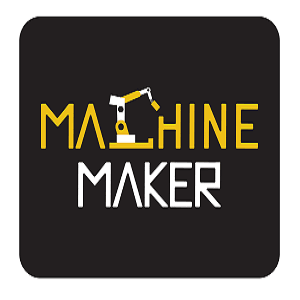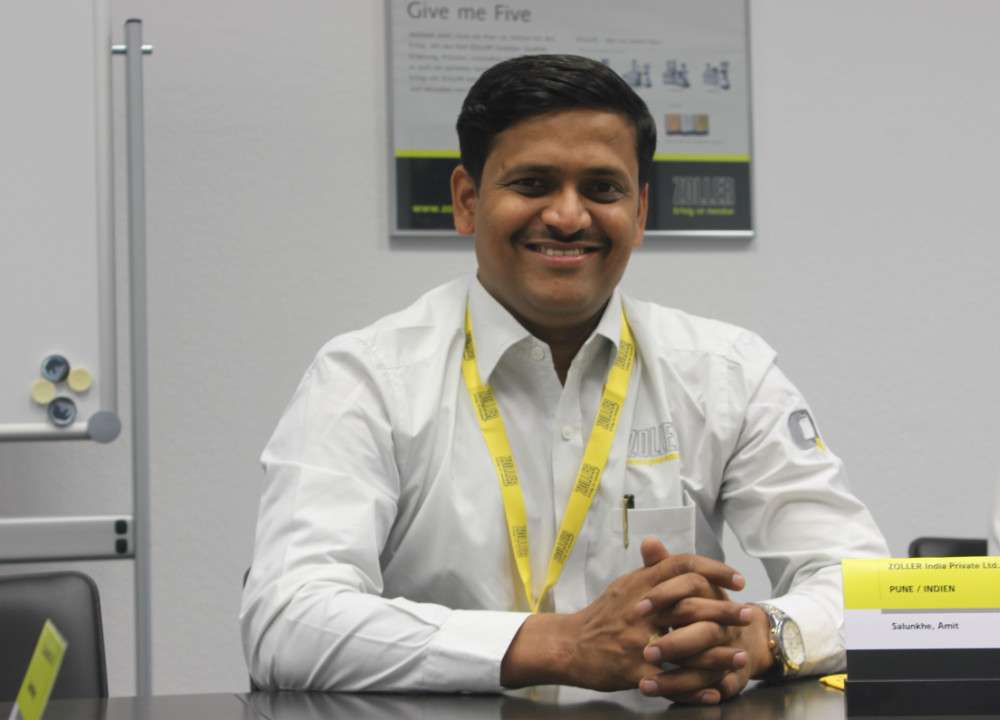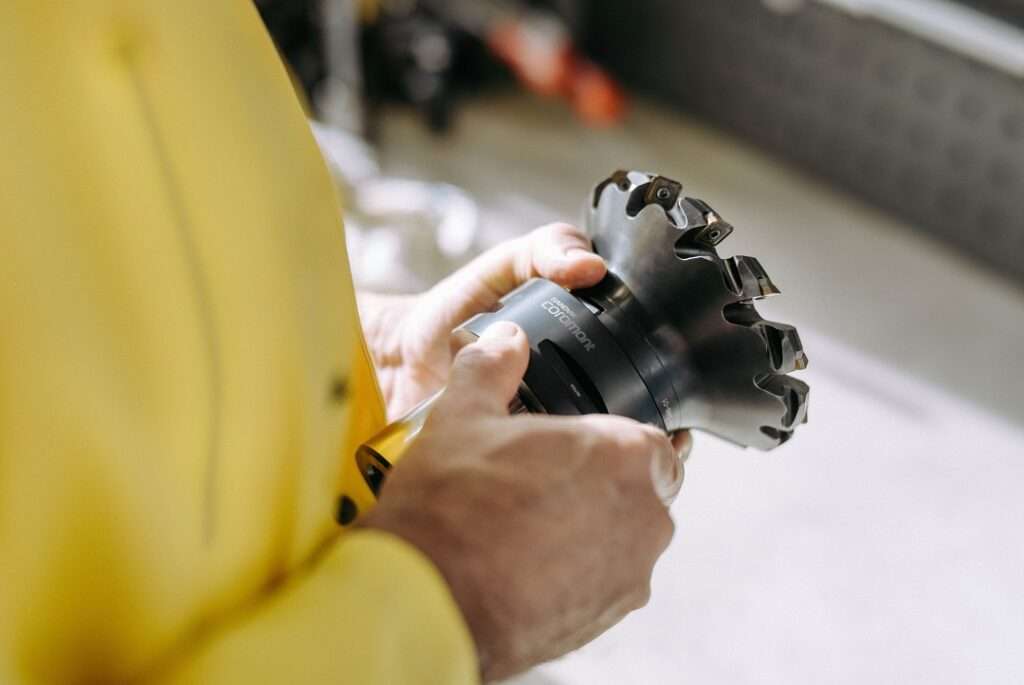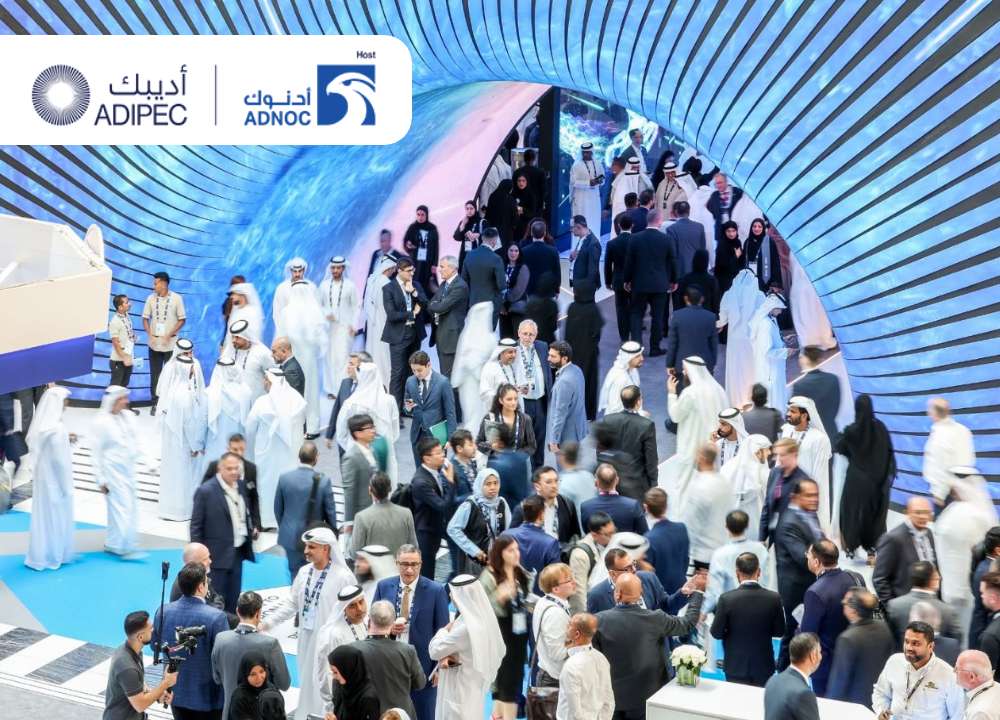As the year closes to its end, it is time to look back and reflect not only on the efforts put in but also the fruits of those efforts. In a fast-paced environment of the manufacturing world, where delivery deadlines and price pressures take up most of our time, this holiday season and the slowdown will help us reflect on the importance of recharge and gearing up for the next year and beyond.
Currently, we hear the news of automotive sales dropping quite a bit and factories working lesser hours. No matter which industry we come from, whether engineering or consumer or services, the slowdown is a time to strategize. This slowdown is grave for the economy, however, it also gives us a chance to look at the current processes closely and how we can improve consistently.
Are the measures we have in place enough or do we need to do more to tide over during difficult times? In times of slow-paced growth, the usual response is to fall back, instead, I believe the strategy should be to invest and diversify. We need to consider this lull to work on new technologies that augment the existing business and work on processes that are more effective not only in reducing costs but also in increasing efficiencies.
In fact, Harvard Business School research finds that organizations fearful of losing their competitive advantage spend much time and many resources looking for ways to pick up the pace.
Paradoxically, they should try slowing down instead. In their study of 343 businesses, the companies that embraced initiatives and chose to go, go, go to try to gain an edge ended up with lower sales and operating profits than those that paused at key moments to make sure they were on the right track. What’s more, the firms that “slowed down to speed up” improved their top and bottom lines, averaging 40% higher sales and 52% higher operating profits over a three-year period.
Firms sometimes confuse operational speed (moving quickly) with strategic speed (reducing the time it takes to deliver value)—and the two concepts are quite different. Simply increasing the pace of production, for example, maybe one way to try to close the speed gap. But that often leads to decreased value over time, in the form of lower-quality products and services. Likewise, new initiatives that move fast may not deliver any value if time isn’t taken to identify and adjust the true value proposition.
In the Indian business context, the time during the slow period should be constructively utilized to work to deliver value over time, than just speed.
Quality, process efficiencies, research, and development become critical for long term sustainable growth. When the production is at full swing, research and development take a back seat as resources are dried up. It is time to regroup and rework on the value proposition of our products. How much ever incremental these are, the customers do always appreciate this and will stick to the solutions we offer over long periods of time.







